June 4, 2025 | 17:00 GMT +7
June 4, 2025 | 17:00 GMT +7
Hotline: 0913.378.918
June 4, 2025 | 17:00 GMT +7
Hotline: 0913.378.918

Party Chief Nguyen Phu Trong chaired the reception ceremony for the United States President Joe Biden on the afternoon of September 10. Photo: Tung Dinh.
On the occasion of President Joe Biden visit to Vietnam, Minister of Industry and Trade (MOIT) Nguyen Hong Dien assessed: "One of the important points to mention in bilateral economic and trade relations between Vietnam and the United States is the complementary nature of the two economies".
According to the Minister, since 1994, when the United States officially lifted the trade embargo against Vietnam, a new page on economic and trade cooperation in the overall bilateral relationship between Vietnam and the United States has started.
The two countries signed a Bilateral Trade Agreement in 2000; The United States adopted the Permanent Normal Trade Regulations (PNTR) for Vietnam in 2006; The two countries signed the Framework Agreement on Trade and Investment in 2007... In particular, the Bilateral Trade Agreement (BTA) officially took effect on December 10, 2001, laying an essential foundation for openness to help create changes in economic and trade relations between the two countries substantively and powerfully.
The United States needs to import typical agricultural products or products in which Vietnam has strengths based on favorable natural conditions and labor advantages such as textiles, garments, footwear, machinery, and electronic equipment.
In contrast, the United States is one of the important import markets for input materials for Vietnam's production, providing source products such as cotton, animal feed, corn, soybeans, and chemicals. , Machinery technology. Increasing imports of these products from the United States help Vietnam "clean up" the supply chain because input materials for production have clear and certified origins.
With an average trade growth rate of over 20%/year, the United States will continue to be Vietnam's largest and most crucial importer in the upcoming years.

Energy cooperation is one of the contents discussed by Prime Minister Pham Minh Chinh during a meeting with the U.S. Special Presidential Envoy for Climate John Kerry.
Minister Nguyen Hong Dien also pointed out 5 advantages and 3 challenges in the coming time in the Vietnam - United States cooperation relationship. Regarding benefits, the policy dialogue mechanism through the Vietnam-US Trade and Investment Council (TIFA), co-chaired by the Ministry of Industry and Trade and the US Trade Representative (USTR), is being implemented effectively, helping to handle many complex issues in bilateral economic and trade relations.
The United States increasingly attaches importance to Vietnam's role and position in the region, always focusing on cooperation with Vietnam in new US cooperation initiatives such as the Indo-Pacific Economic Framework. Binh Duong (IPEF), shifting and diversifying supply chains, clean energy, equitable energy transition, and developing the digital economy.
Second, in the context that Vietnam and the United States are increasing exchanges to prepare for high-level visits and upgrading relations, the Ministry of Industry and Trade and the US Department of Commerce (DOC) have had many working meetings and exchanges through many different channels to request that Vietnam be removed from the list of countries with non-market economies.
Third, the Ministry of Industry and Trade will continue to promote exchanges with the United States to propose the possibility of applying the Generalized System of Preferences (GSP) mechanism for Vietnam. If an agreement is reached, Vietnam's export goods will be treated more fairly, similar to that enjoyed by strategic partners of the United States.
Fourth, large US corporations such as Intel, Apple, Google, Boeing, Walmart... research and invest in expanding supply chains in Vietnam to ensure stability, diversify supply chains, and create opportunities to expand supply chains in Vietnam for Vietnamese businesses to expand production activities and participate more deeply in the global value chain.
Fifth, energy transition, environmental protection, and sustainable development policies have now become the mainstream of cooperation and development. Strengthening collaboration with the United States in this field will contribute to Vietnam building and investing in a more effective national energy system while also creating opportunities to attract direct investment capital and high technology inflows in Vietnam.
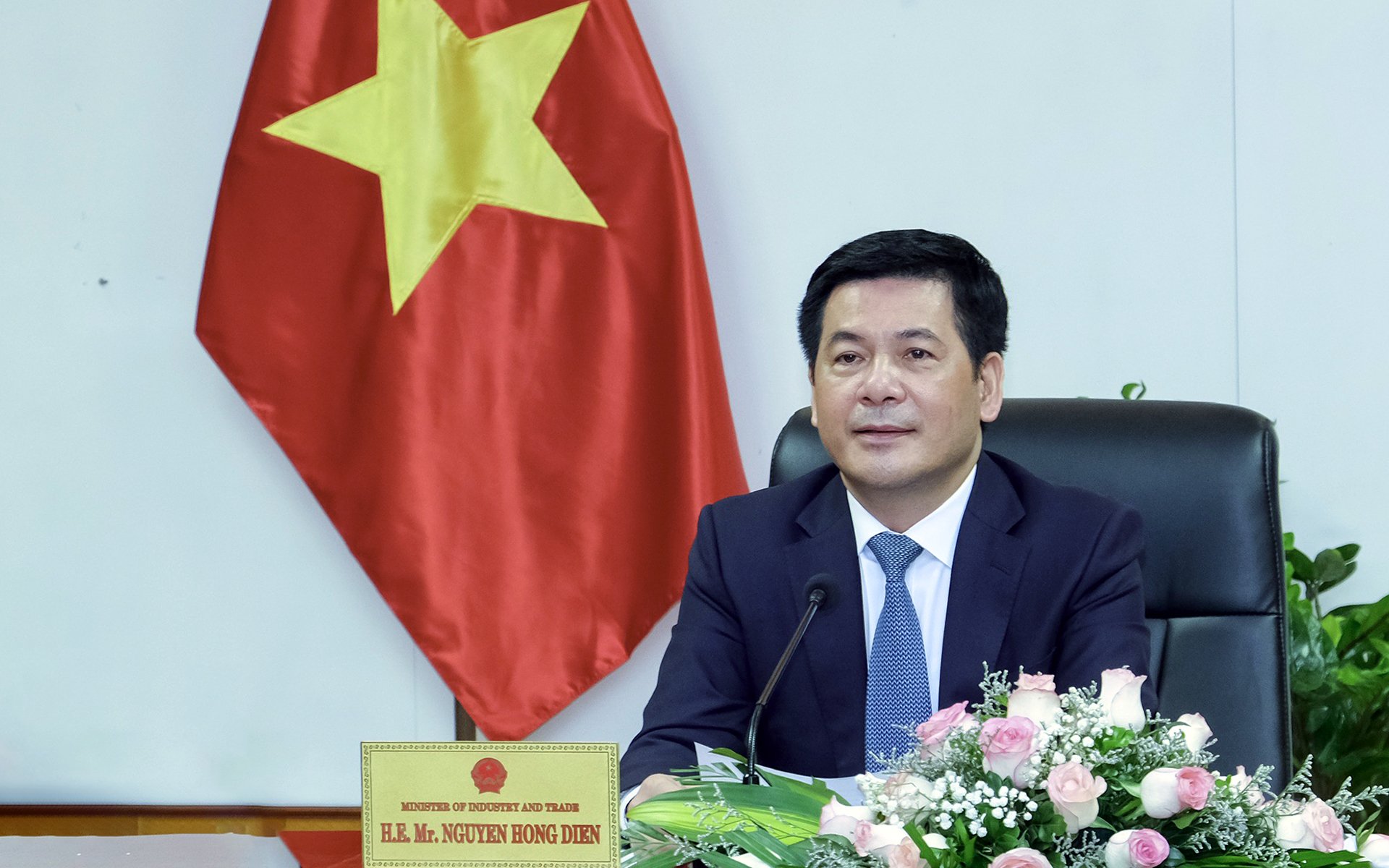
Minister Nguyen Hong Dien highly appreciated the participation of businesses in promoting Vietnam-United States cooperation.
Along with opportunities come challenges. First, the US is a vast import market with a scale of US$ 3,277 billion by 2022. As a hyper-competitive market, the US requires businesses to constantly make efforts in research, market development, investment in enhancing production capacity and improving product quality to meet international standards, technical standards, and regulations on sustainable development and effective customer care.
Second, the US issued many trade protection policies to protect the interests of domestic businesses. Non-tax barriers can limit market access and increase costs for Vietnamese companies.
Third, the US increased the frequency of trade defense investigations against Vietnamese goods. The US also applies the most trade remedies to Vietnamese goods with 53 lawsuits. Recently, the Department of Commerce (DOC) issued a draft amendment to regulations to strengthen the enforcement of trade defense measures in the Anti-Dumping and Countervailing Duties (Tariff Act of 1930) to get opinions from relevant parties.
Identifying the above challenges and opportunities as inevitable issues, along with the strong development of economic and trade exchange activities between the two countries, the MOIT believes that the two sides need to constantly cultivate strategic trust, strengthen discussions, deepen favorable aspects, deepen cooperation in core and strategic areas such as energy, aviation, infrastructure development, training high-quality human resources, green production, etc.
Due to the difficult economic situation and high inflation rate in the US in the first eight months of 2023, combined with the Federal Reserve System (FED) continuously increasing interest rates, the purchasing power of consumer goods has decreased significantly. Besides, cyclical factors and rising inventory reserves are why Vietnam's exports to the US tend to fall.
Mr. Dien said that this decrease is temporary, not a mainstream trend. Many experts assess that the FED has reached the final stage of its interest rate hike cycle, so Vietnam's exports have shown signs of growth again in recent months. Vietnam's traditional and strong export products, such as textiles, furniture, footwear, electronics, etc., will likely recover with favorable growth rates.

The United States is the country that applies the most trade defense measures to Vietnamese goods. Photo: TL.
Vietnam has been transforming powerfully in recent years to become a major global manufacturing center. Vietnamese enterprises produce many products with various types, competitive prices, and increasingly improved quality. At the same time, after the pandemic and recent geopolitical and economic instability, many corporations, retail and wholesale distribution channels are promoting diversification strategies, ensuring sustainable supply, and choosing Vietnam as a strategic location in the global supply chain.
According to the leader of MOIT, the visit of US President Joe Biden and the event of upgrading relations to the level of comprehensive strategic partnership will create opportunities to promote new and groundbreaking areas of cooperation. , so that Vietnam can indeed be present in global value chains. In particular, it focuses on supplying raw materials, components, and equipment for the energy industry, aviation, digital economy, artificial intelligence applications, etc.
With the current challenging global economic context, many trends, requirements, and consumer tastes in the export markets of Vietnam have appeared to require price, quality, and conditions related to environmental protection and sustainable development.
All pose a problem for Vietnamese businesses to quickly adapt and clearly define product strategies, partners, and distribution channels; Thoroughly research regulations, export barriers, and possibilities related to trade defense cases; ensure input materials have clear origins, do not affect the environment or use forced labor; At the same time, gradually research and upgrade production facilities and factories according to "green production standards."
The US has continuously been an important trading partner and a large export market of Vietnam for many years, with a proportion of nearly 30% of Vietnam's total export turnover to the world. In 2022, Vietnam became the 8th largest trading partner of the US.
According to data from the US Census, in 2022, bilateral trade turnover between Vietnam and the US reached US$ 138.9 billion, an increase of 23% compared to 2021. Vietnam's exports reached US$ 127.5 billion, a rise of 25.2% compared to 2021. Imports from the US reached US$ 11.4 billion, up 3.5% compared to 2021. Vietnam's trade surplus reached US$ 116.1 billion, an increase of 27.7% compared to 2021.
Translated by Ha Phuc
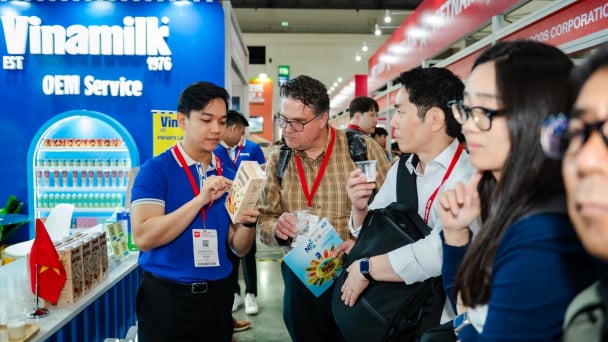
(VAN) At Thaifex Anuga Asia 2025, Asia’s leading food and beverage trade show, more than 170 Vietnamese enterprises are participating, with Vinamilk having been a consistent presence for nearly 20 years.
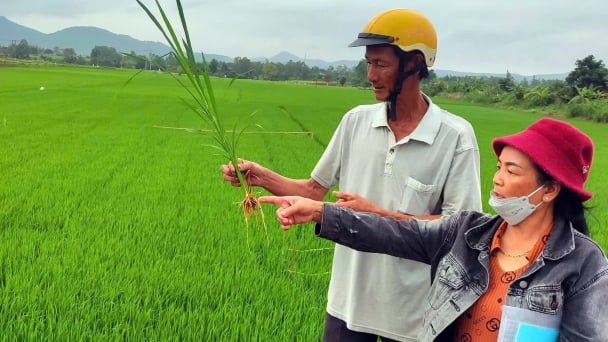
(VAN) On June 3, the Institute of Agricultural Environment organized a workshop titled 'Supporting greenhouse gas inventories in agriculture: Enhancing technical and governance insights for rice production in Vietnam'.
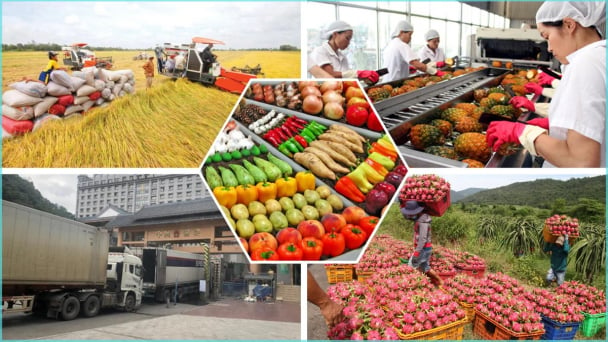
(VAN) In the first 5 months, the export turnover of agricultural, forestry, and fishery products rise significantly, thanks to a relatively stable domestic production and export market.

(VAN) Deposit Return System (DRS) created a natural cycle of responsibility, reinforced by social norms and practical necessity. Materials had value and returning them was second nature.

(VAN) According to the Norwegian Ambassador to Vietnam Hilde Solbakken, sorting waste at source and individual responsibility are key factors for sustainable waste management.
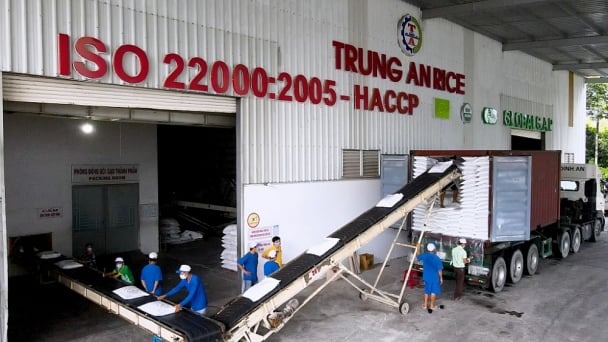
(VAN) On June 5, in Can Tho City, the Vietnam Rice Industry Association (VIETRISA) and Trung An Company will hold a ceremony to export the first shipment of 'Green and Low-Emission Vietnam Rice' to Japan.
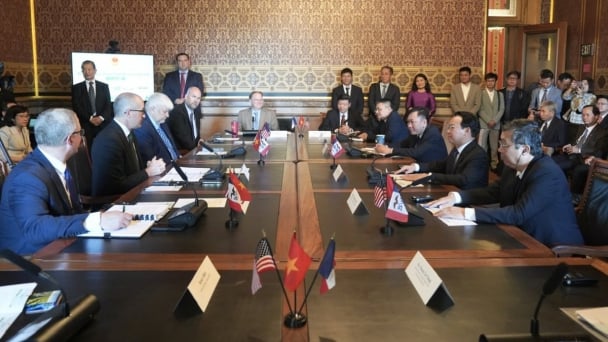
(VAN) Minister Do Duc Duy believes this event will mark the start of a new chapter in deeper cooperation between Vietnam’s agricultural sector and the state of Iowa.